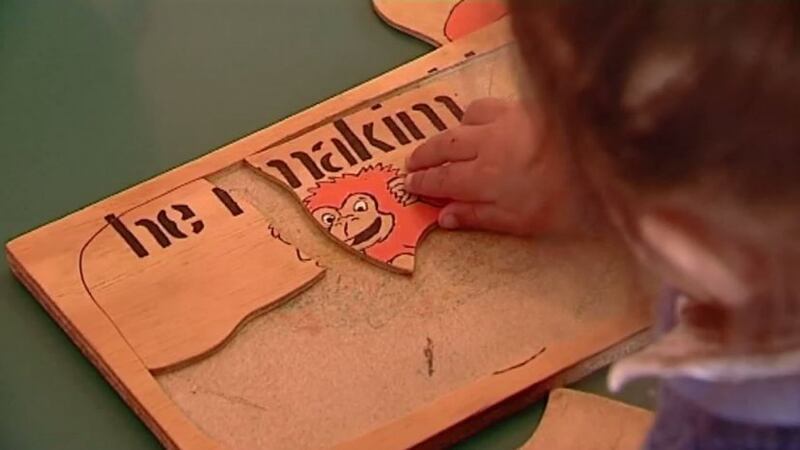Photo / File
Kōhanga Reo kaiako must not be left out in the cold when pay and funding gaps are addressed in early childhood education, NZEI Te Riu Roa has said in a statement.
The country's largest education union says Kōhanga Reo kaimahi fall outside the recent Labour and Green Party election pledges for pay parity for early childhood education (ECE) teachers.
"This week Labour joined the Green Party in including pay parity for early childhood teachers in their election pledges. The political parties' pay parity commitment would address the pay gap for most ECE teachers, but this would not extend to Kōhanga Reo kaimahi."
Kōhanga Reo kaiako, Tira Toki, said in the statement that the lack of fair pay and funding has been a problem for a considerable time.
"When we compare ourselves to mainstream ECE, we don’t see any differences in the workload, in the positions, in the ratios, in the licensing, all of that.”
According to NZEI Te Riu Roa, ECE teachers are paid up to 49 percent less than their primary and kindergarten counterparts but many Kōhanga Reo kaiako are paid far less again.
“We need our indigenous skills and qualifications to be recognised so we are paid what we are worth," said Toki.
NZEI Te Riu Roa president Liam Rutherford says Kōhanga Reo kaimahi should be recognised for the significance of their work.
“This week, Te Wiki o Te Reo Māori, we’re especially reminded of the significance of the work our Kōhanga Reo kaimahi do.
“In addition to supporting the learning needs of our tamariki like any other kaiako, they have specialist cultural knowledge. Since the establishment of Kōhanga Reo these kaimahi have played a key role in passing te reo on to new generations.”
Earlier this year, NZEI Te Riu Roa says it launched Te Ake Rautangi, a campaign calling for Kōhanga Reo kaimahi to be paid in a way that recognises their value and upholds their mana.
“I mean, Kōhanga Reo is gorgeous. The mahi and the tamariki are just beautiful. But when you look at the material sides of things – we don’t have much,” said Toki.

